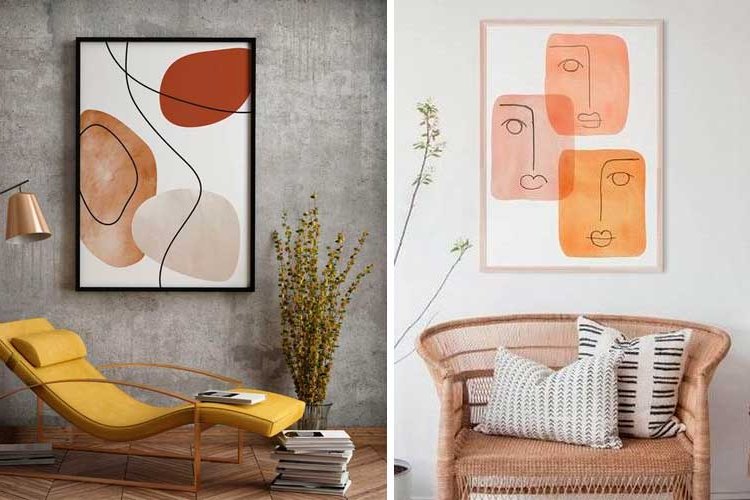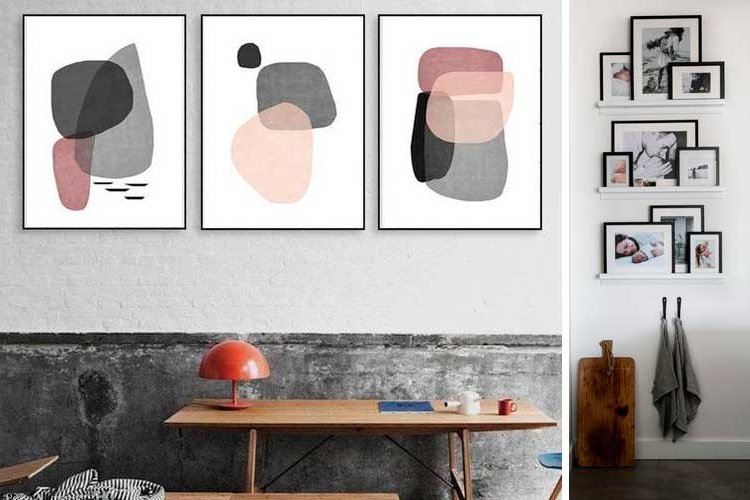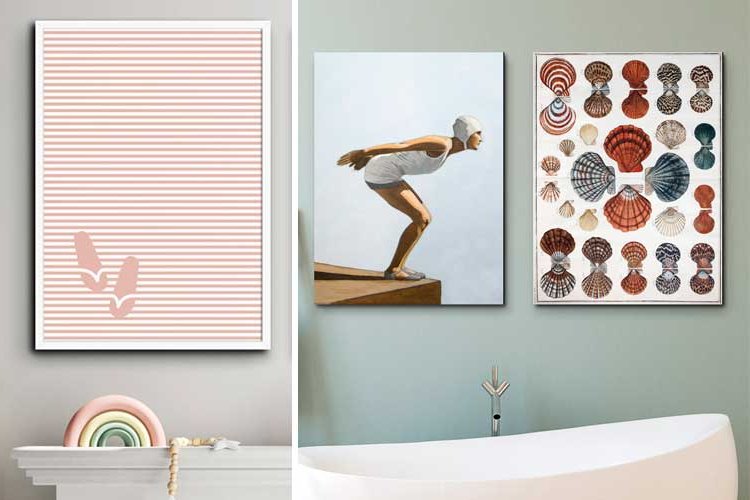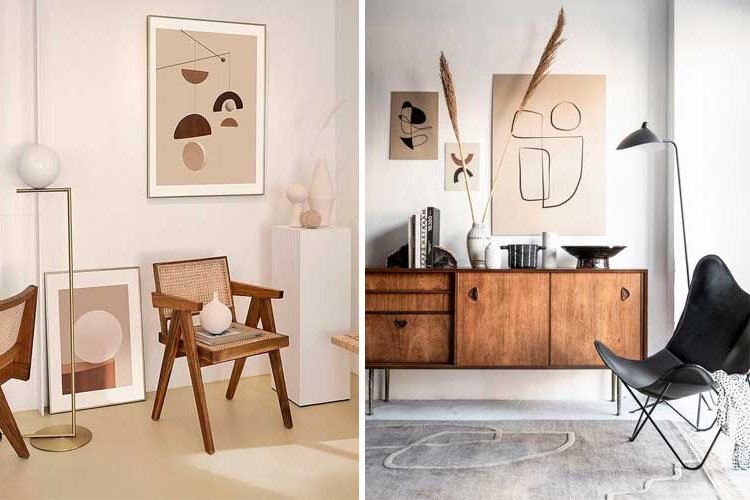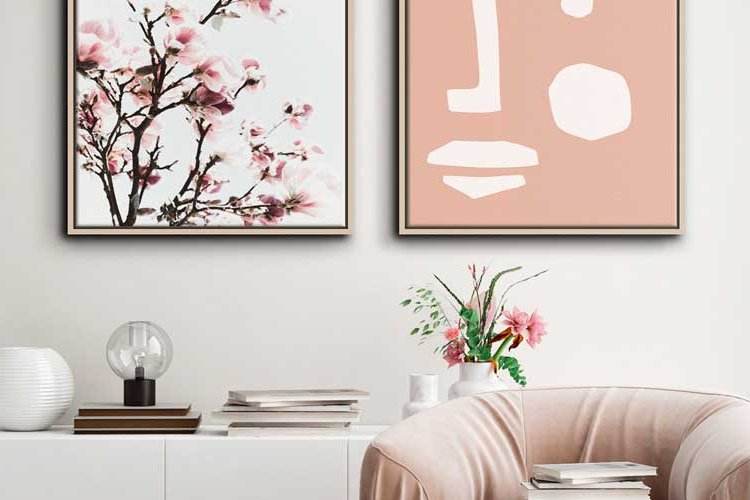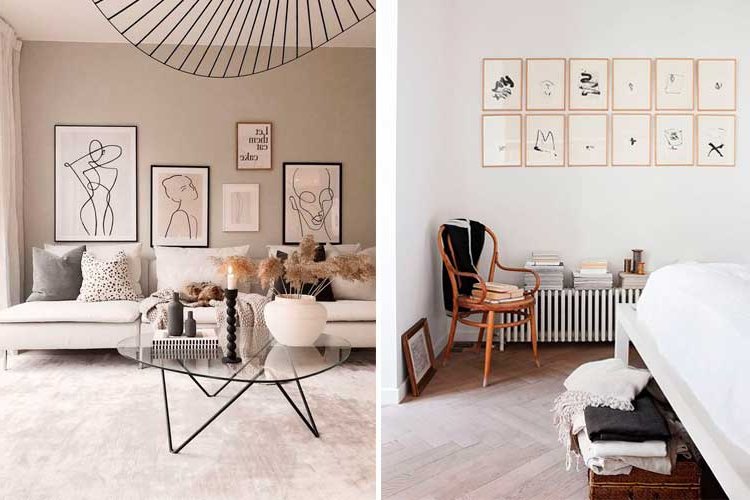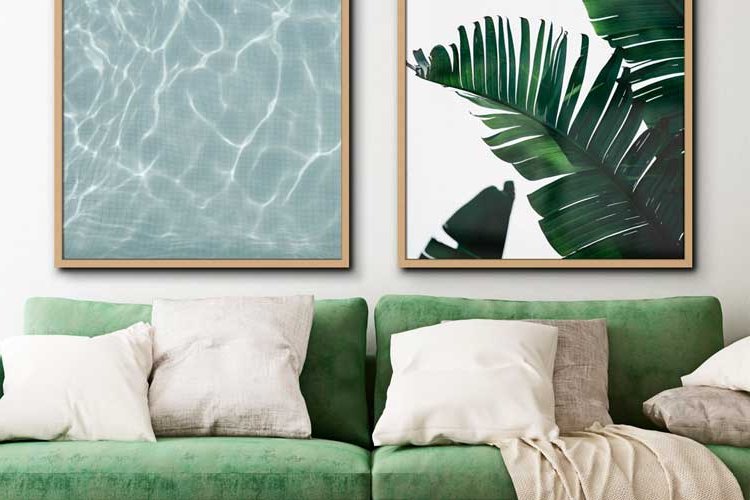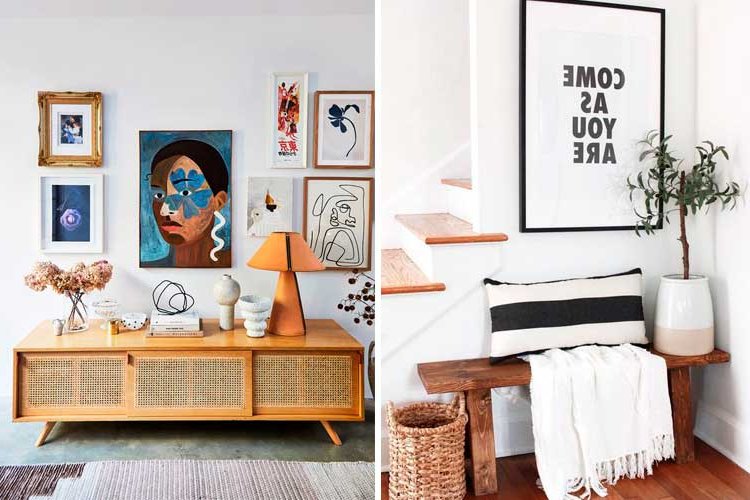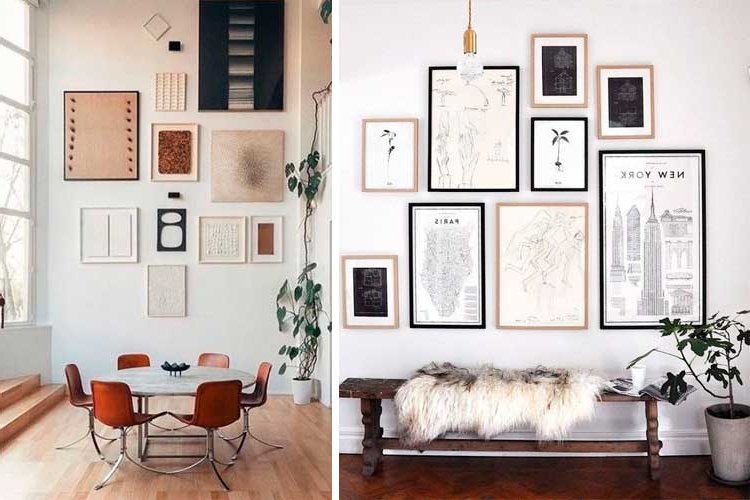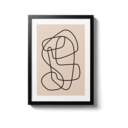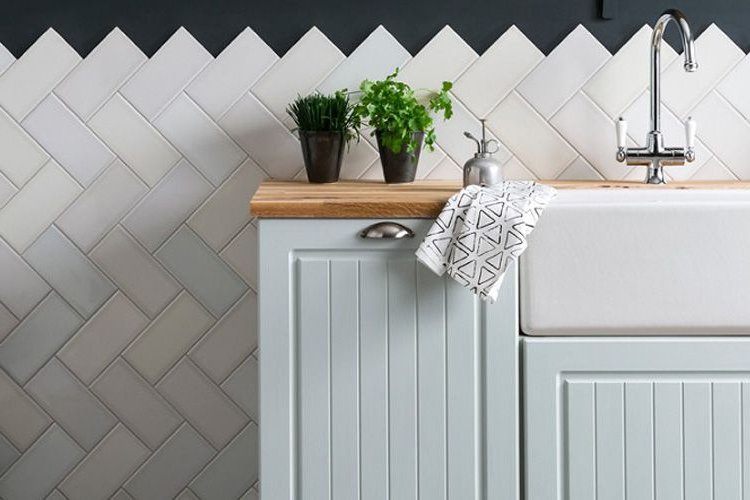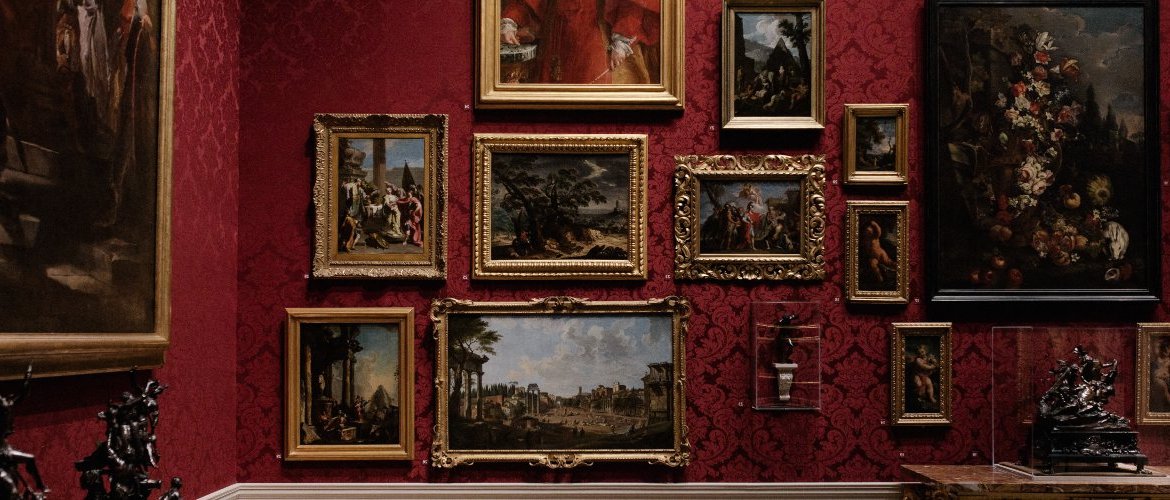Ideas for decorating walls with decorative plates
In the old days, the only way to decorate walls with art was to use original paintings, with their more or less historical frames and their high cost.
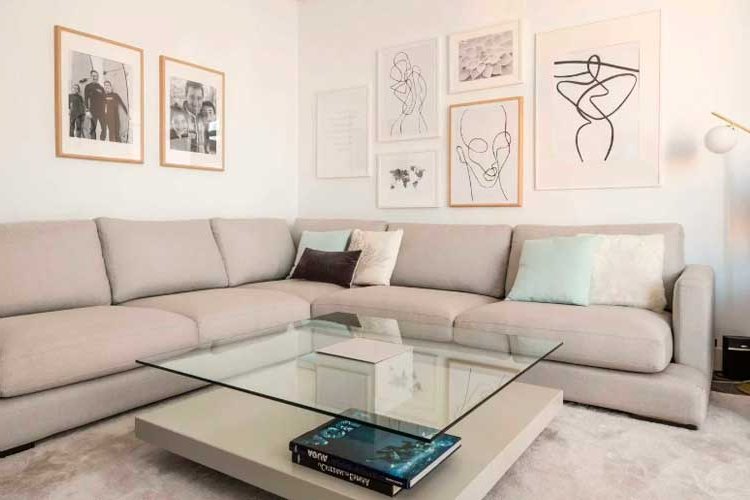
However, as a result of the irruption of the Nordic style in interior design, decorative sheets began to experience a boom that thanks to its multitude of designs and low cost became a solution that came to stay and not just a fad.
At the beginning, the way of decorating with sheets was similar to that of paintings: one or two on the sofa, in a corner, on the fireplace, usually placed horizontally...
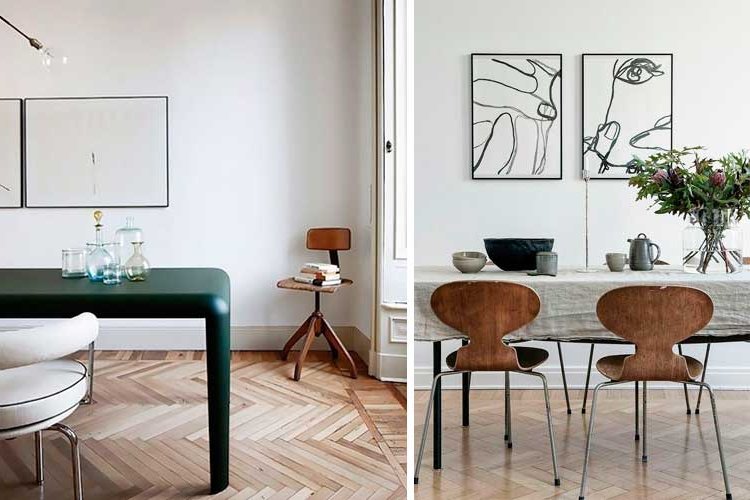
... However, little by little, different creative ways of playing with them emerged, such as vertical placement.
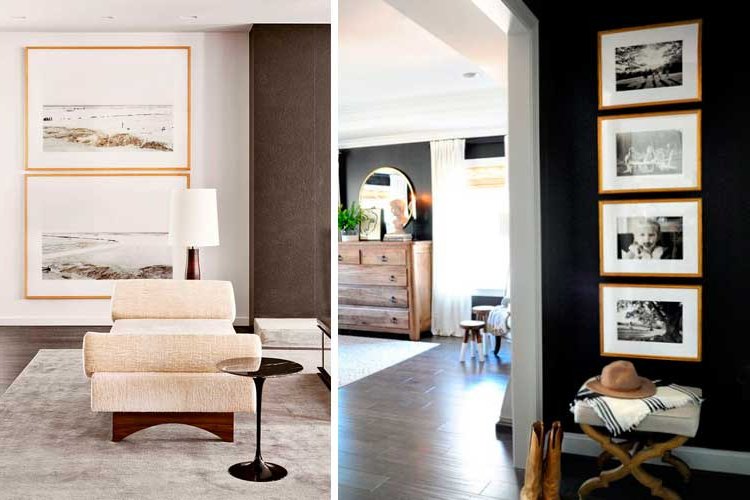
Finally with the boom of online commerce many other options were emerging leaving us a lot of solutions for all tastes when it comes to decorating with sheets.
Do you want to see them? Then let's go to them!
1. A single sheet
The most classic option. It is ideal for covering specific gaps such as the end of a corridor, the upper area of the toilet or a column that is somewhat empty.
Depending on the size chosen, we can achieve different effects:
Mini size
This is a creative and unusual solution. It consists of placing a sheet of a much smaller size than would be "logical". Precisely for this reason they usually attract attention and are the focus of all eyes.
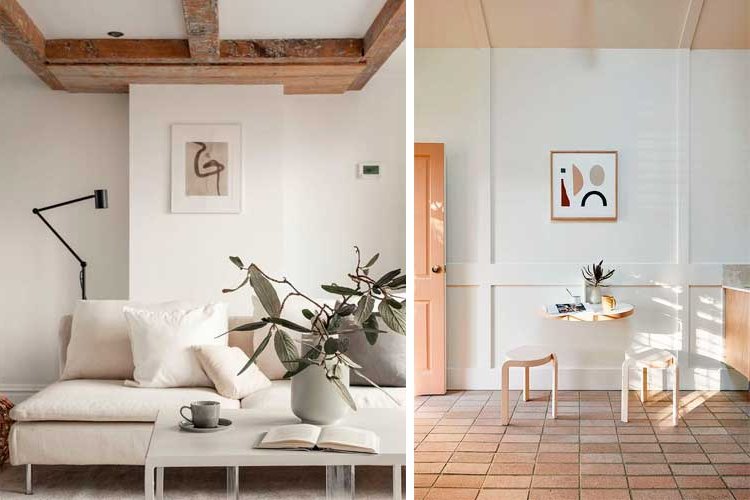
Medium size
This is the most common option. Sheets or posters of about 30×40 or 40x50cm that cover gaps and complete the decoration of a room or passage area.
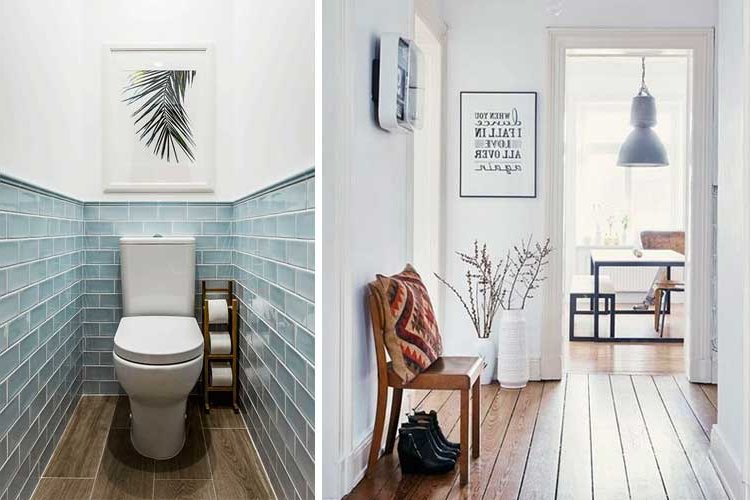
Large size
With a size of about 70x100cm, they simulate large paintings and serve to dress a good area of the wall, accompanying dressers, benches or as a bed headboard.
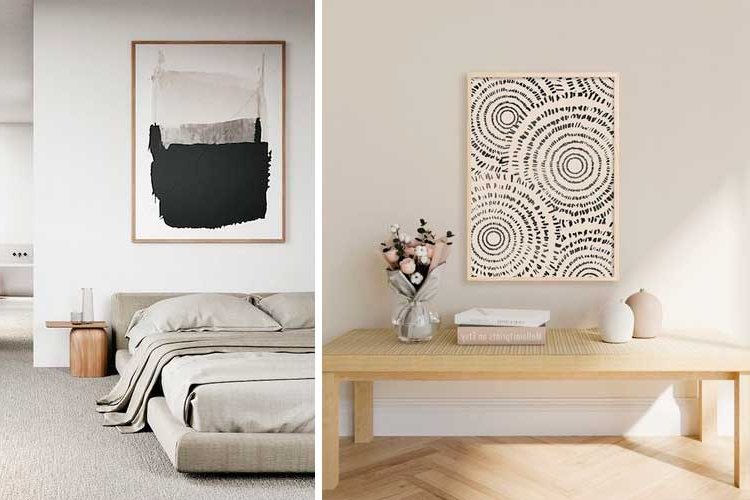
Login
Another creative option to play with unique decorative foils is to off-center them from their usual axis. For example, by placing them on the side of a sideboard or even out of the line of a piece of furniture. This creates a very special dynamic effect.
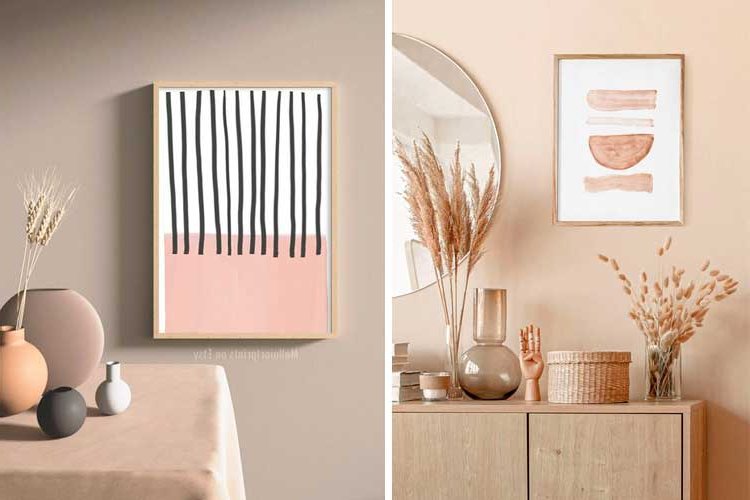
Colorist/staff
Single sheets also serve to achieve a very powerful effect when they have a very colorful or very personal design (in this case, usually of a figurative-abstract type).
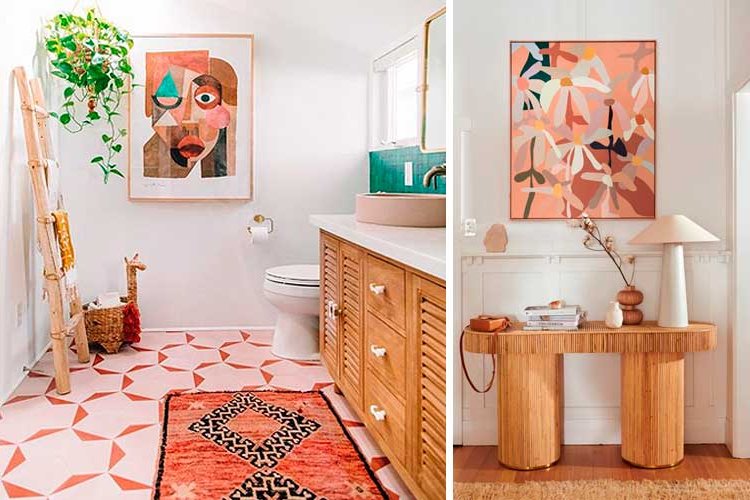
2. Two sheets
Another classic way to decorate with sheets is to use a set of two.
Matching
A very common option is to match both, for example, a pair of texts that cannot be understood without each other or two drawings from the same series.
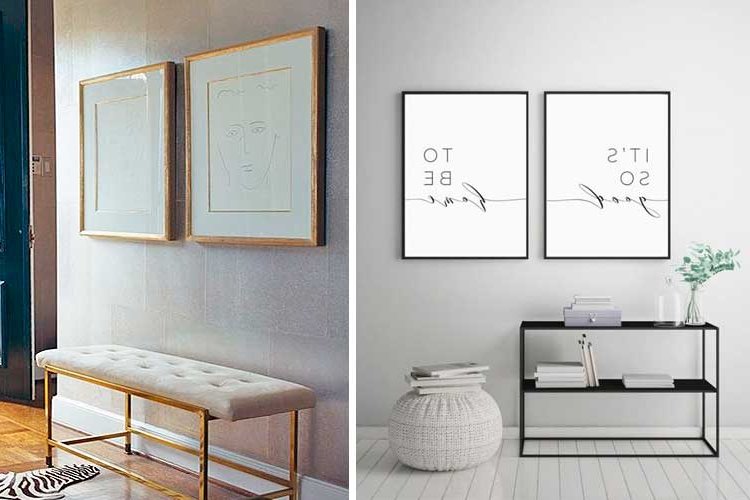
Another option is to use plates that by design could be separated but that together have an aesthetic sense, either by the colors, the shapes or the play of frames.
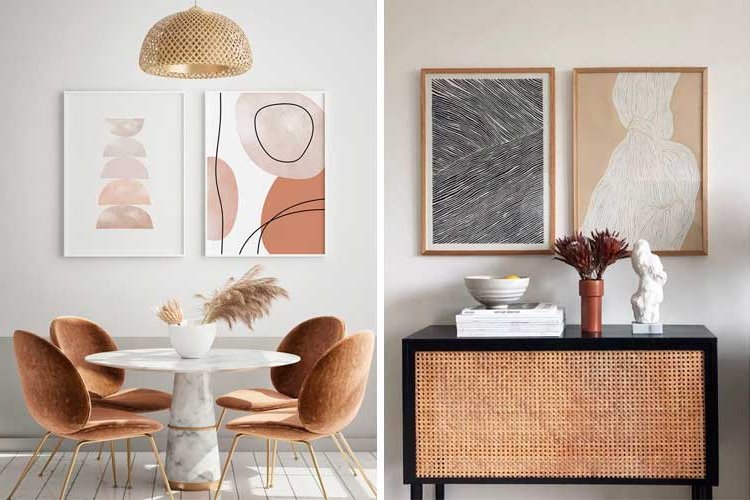
Same size, matched
When placing them, an alternative is to opt for sheets of the same size at the same horizontal axis.
It is the most classic option when the sheets are matching or in minimalist interiors.
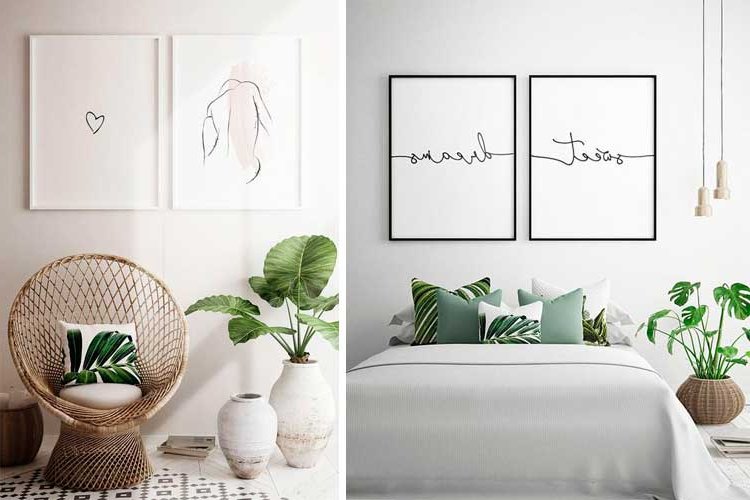
Different size, unmatched
An alternative that breaks the visual perfection is to use sheets of different sizes and place them off-center, both vertically and horizontally.
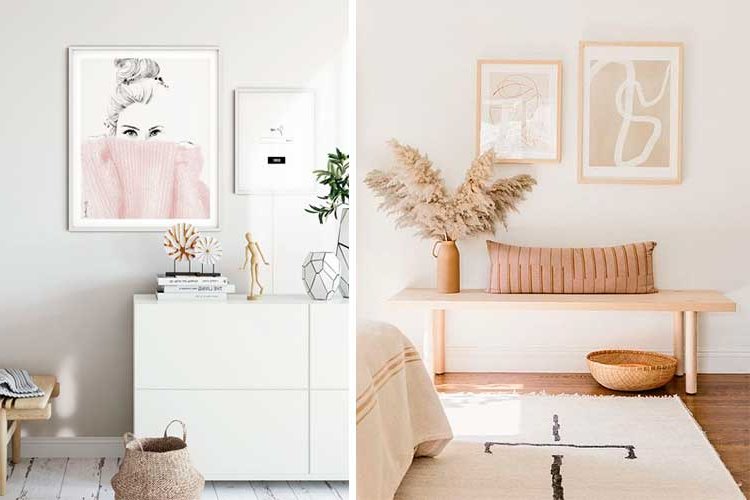
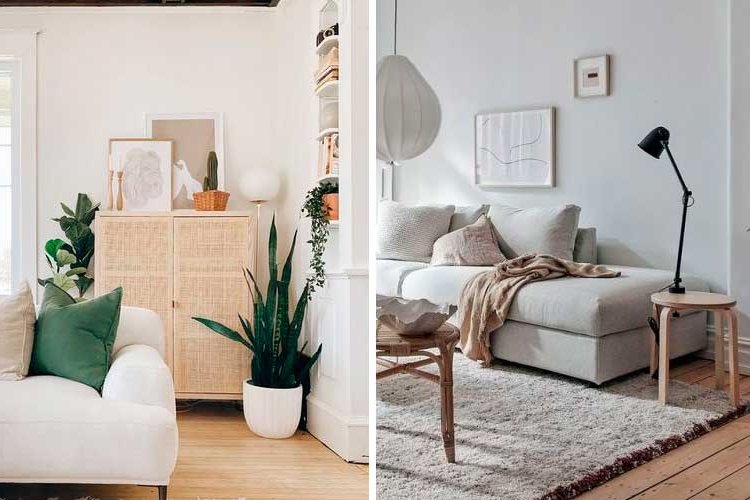
3. Three sheets
A further step is to use three sheets consecutively or in composition.
Same size, same concept, Matched
This option is typical of dining rooms with long tables, landscape sideboards or sofa walls, whose extension is long enough to place this type of composition.
Usually, the use of plates with the same concept or family photographs in similar tones or aesthetics are used.
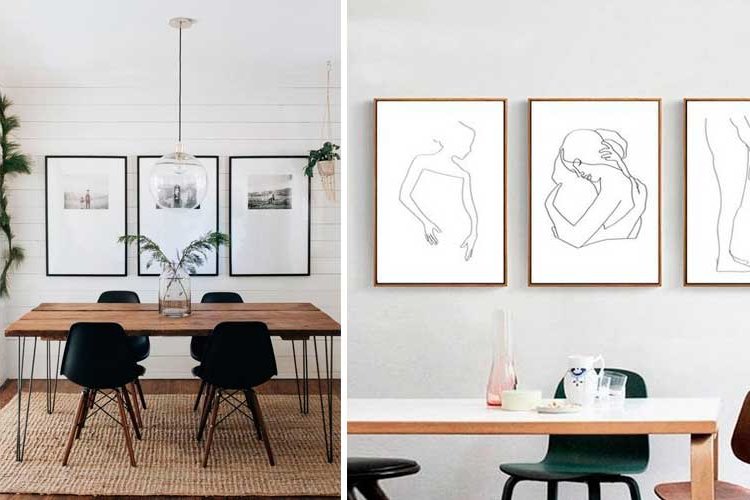
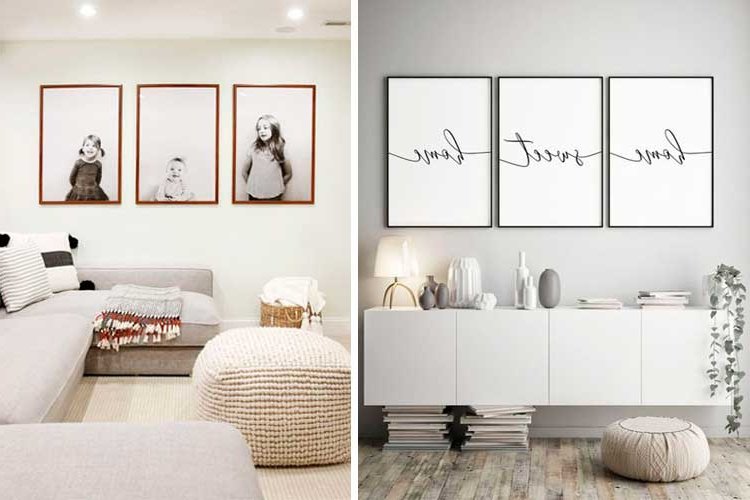
Different size, similar concept
In this case, 3 sheets of different sizes and similar concept are used (for example, same tones or same frame thickness) and are placed forming a composition that as a whole is more or less like a compact block. Ideal for corners or sides of the bed.
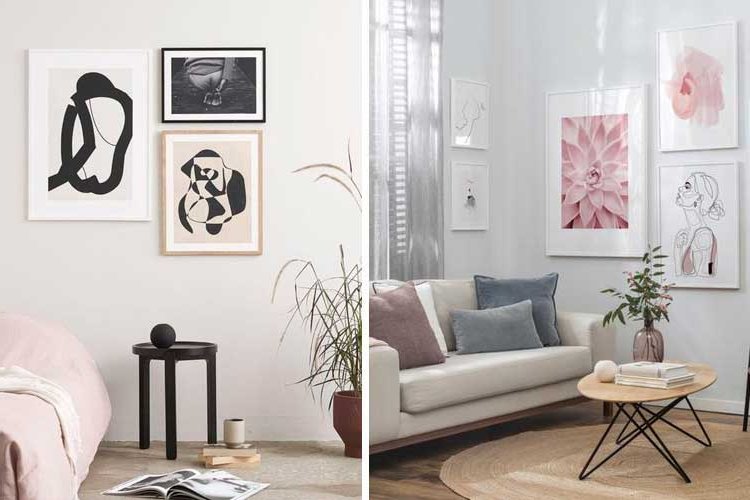
Different size and concept, unordered
A more disorderly option is to use 3 sheets of different concept, format or color and place them without order. Ideal for bohemian styles or dynamic effects where imperfection is sought.
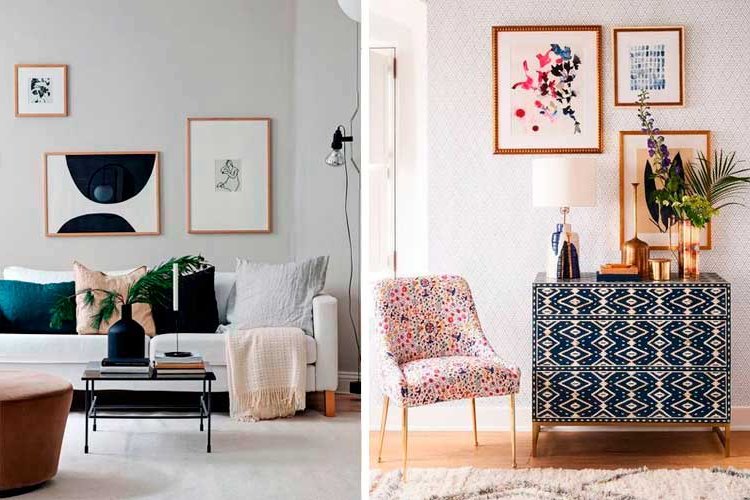
4. Supported
So far, the options we have seen so far have been on the wall. However, we can play with the placement of the sheets supported on different supports.
They have the advantage of avoiding drilling holes in the wall and you can vary formats and sizes when you feel like changing.
On shelves
In these cases, several sheets of different sizes and formats can be accumulated without cluttering, since they all follow the horizontal line of the shelf at the base.
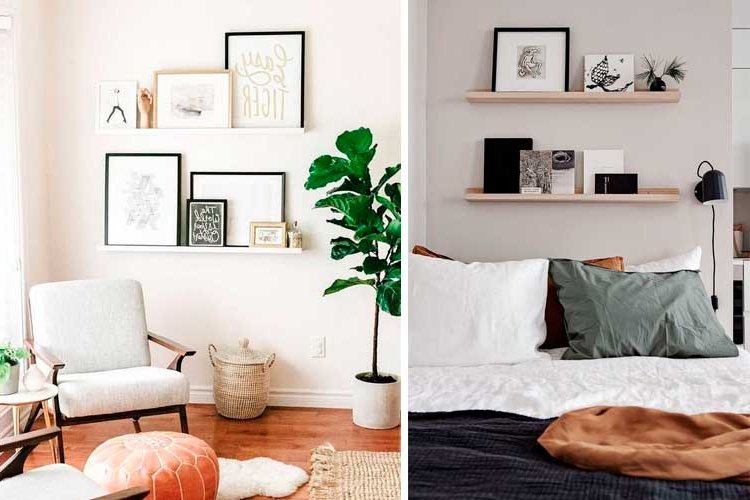
On sideboards or benches
The sheets resting on a dresser, bench, chest of drawers or console give an informal yet contemporary air to the set. They are ideal especially with two sheets of different sizes, superimposing the smaller one on top of the larger one.
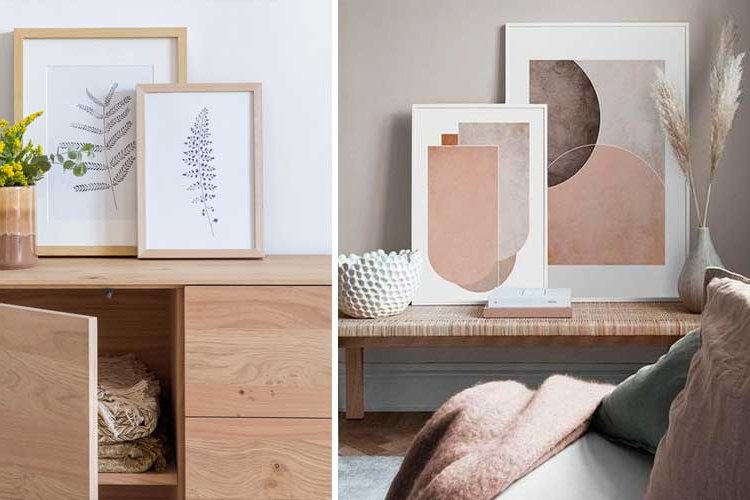
On the ground
If you are looking for a bohemian and casual air, as "artist", while very personal, this is a solution.
The idea is to place sheets of different sizes (from very large to small) on the floor, covering a large area of the wall.
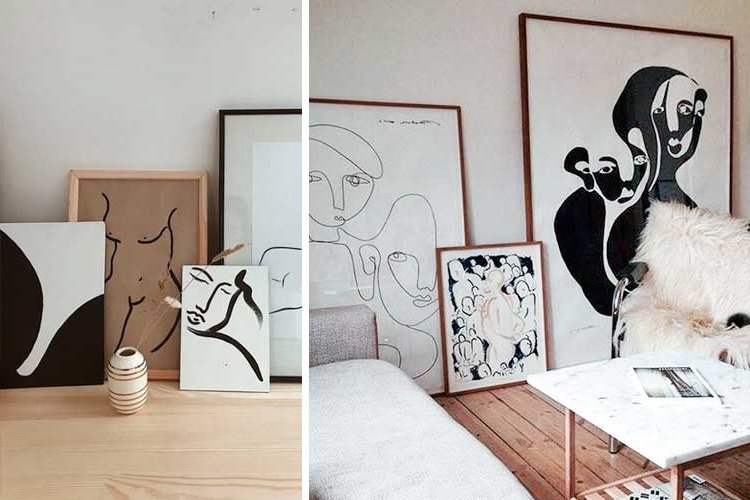
5. Multiple sheets
One last option we propose is to play with a large number of decorative sheets, which allow you to fill large wall areas without having to buy a very large one.
Here, too, we have several placement alternatives.
Perfect grid
The idea is to choose photographs or prints that are exactly the same in size, frame and color, placing them perfectly aligned both horizontally and vertically within a square or rectangle.
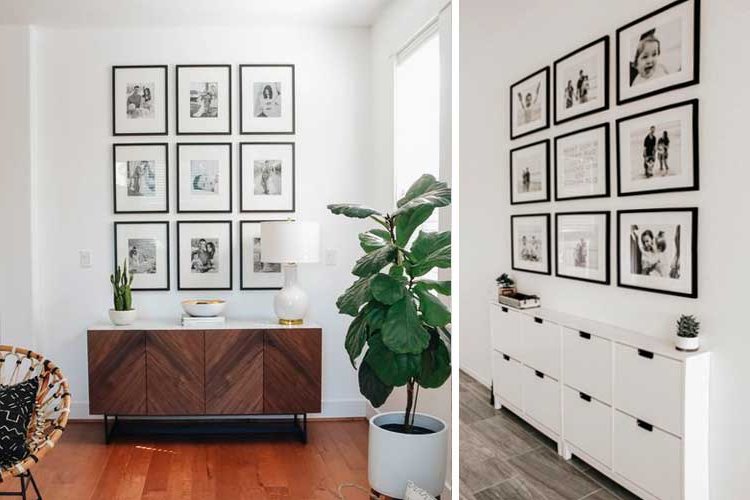
Imperfect grid
If you are one of those who shy away from perfection but like a certain order in things, imperfect grids are your option.
They consist of using decorative plates or photographs of similar aesthetics but different sizes and placing them aligning some axis (it can be the lower horizontal, the upper horizontal or one of the sides). In this way the eye perceives a certain sense of order.
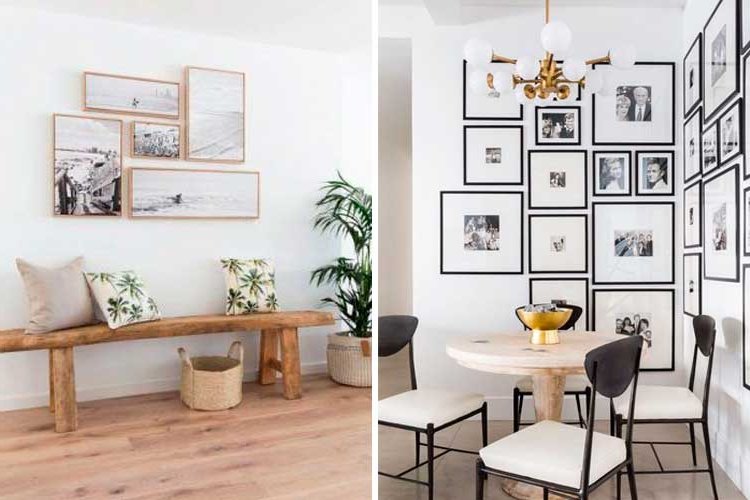
Collage
And for those who are neither one nor the other, there is the collage of plates, in which they are used in different sizes, formats and even styles and are placed in a more or less disorderly way, without respecting exactly any of the vertical or horizontal axes.
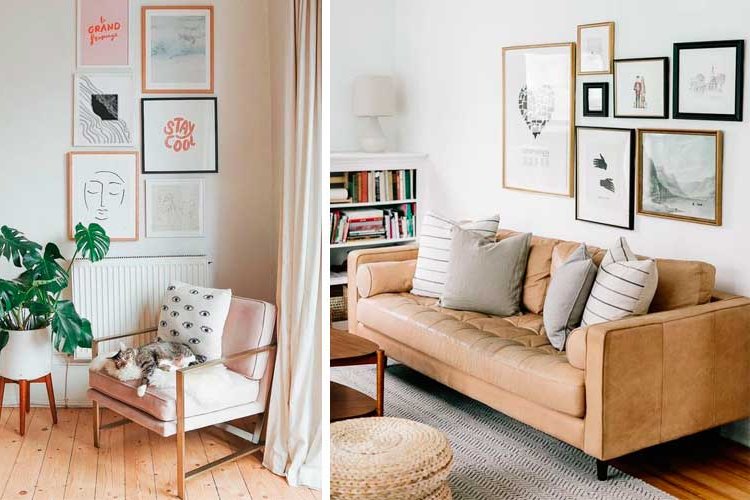
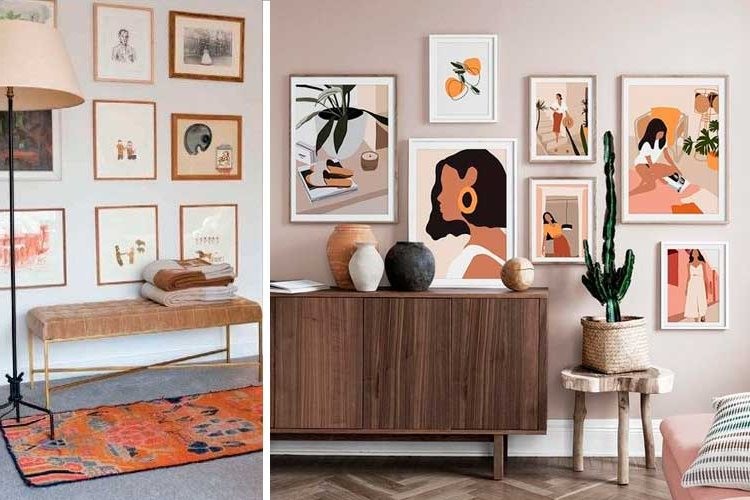
More inspiration?
As you can see, there are plenty of options when it comes to decorating with sheets, whatever the space to be decorated or your decorative style.
In addition, online stores like Posterlounge make them easy to access at the click of a button, making them an economical, versatile and attractive option to decorate any corner.
And if you haven't had enough, we leave you with some more images for inspiration. Are you up for it?
